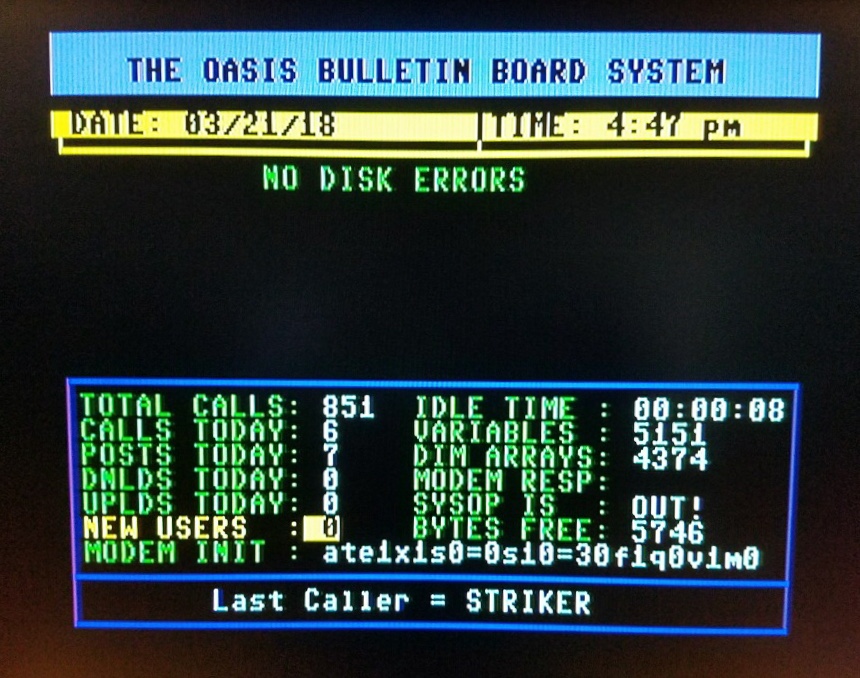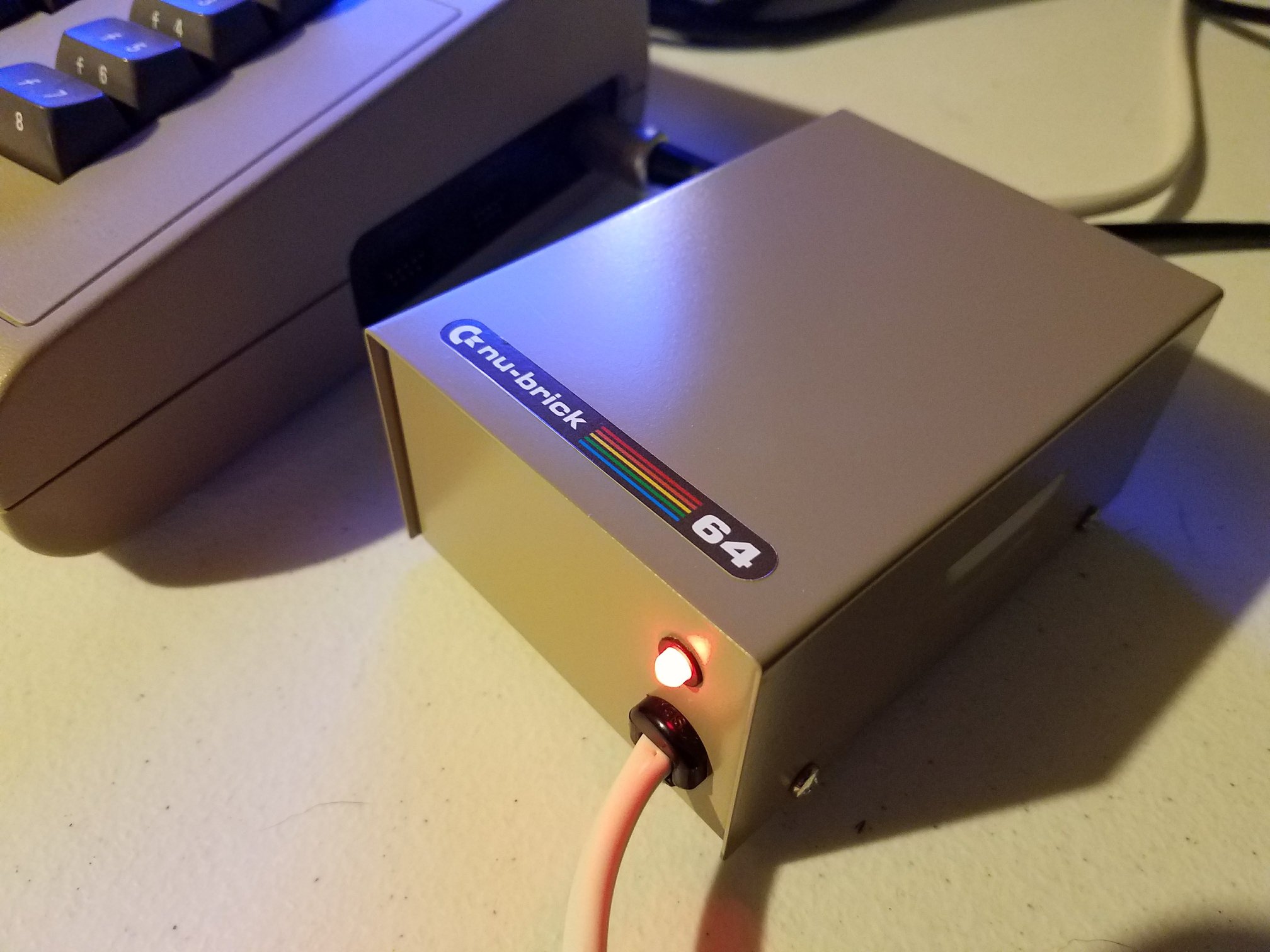8-Bit Resurgence returns with a focused update on the FD drive revival, highlighting the progress behind the recreated CMD FD-Series boards. The project began as a long-standing goal, paused for years, and finally moved forward in early 2024. This video explains how the host turned a decade of planning into a working modern reproduction of the FD-2000 and FD-4000 drives. The episode sets the stage for anyone curious about building their own version from the shared project files.
Why the FD-Series Still Matters
The FD-Series first appeared in 1993 and offered features that went far beyond the 1581. Although it used the same 3.5 inch format, the FD-2000 and FD-4000 reached far larger capacities. The FD-2000 delivers about 6,000 blocks on a high-density disk. Meanwhile, the FD-4000 uses an ED drive to reach more than 12,000 blocks. Both support subdirectories, partitions, and JiffyDOS commands.
The FD drive revival explains how these features return through a faithful PCB recreation. The designer kept the original concept of a single board supporting two models. A simple change of jumpers and chips turns the board from an FD-2000 into an FD-4000.
How the New Boards Came Together
The video moves through each version of the reproduction board. Early prototypes worked but needed corrections. Later designs fixed those issues, removed unused traces, and reshaped the layout. The host then added a clean option for an integrated real-time clock. This feature replaces the old Dallas module and uses a modern battery-backed design.
After these improvements, the final board supported both configurations without extra redesigns. Builders can choose a 2 MHz or 4 MHz CPU, swap ROMs, and pick the correct floppy controller. The board accepts either a high-density or extra-density mechanism, depending on the chosen model.
A Preview of What Comes Next
The episode closes with a short look at the next two videos. Part two introduces new case options made to match the recreated board. Part three shows a complete build from bare PCB to working drive on a Commodore 64. Anyone ready to begin can follow the shared project files and prepare parts for their own build.
The FD drive revival continues with more hardware demonstrations, case designs, and a full walkthrough of the finished drive.







